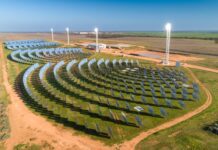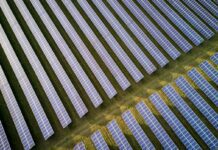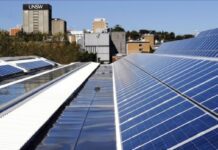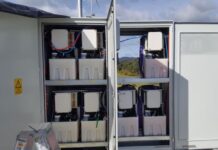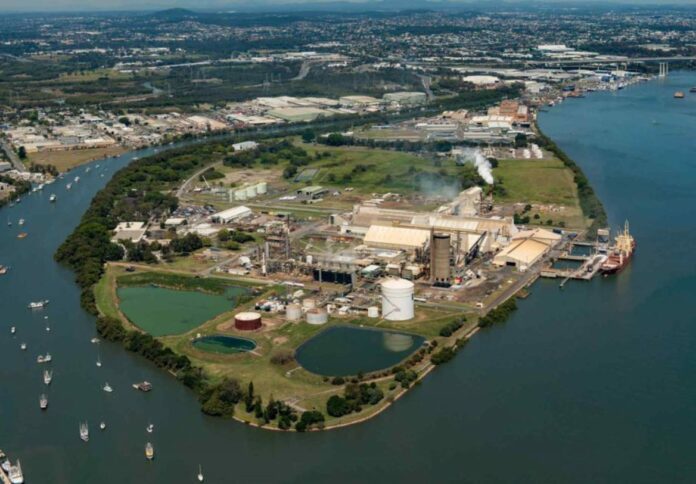
Fortescue Future Industries (FFI) is slated to build one of the world’s largest renewable energy-powered electrolysers in Queensland.
The proposed 500 MW plant on Brisbane’s Gibson Island would be capable of producing 70,000 tonnes of renewable hydrogen each year to help decarbonise ammonia, according to the Australian Renewable Energy Agency (ARENA).
The agency is investing $13.7 million in the $38 million front-end engineering and design (FEED) study, which will explore the development of the renewable electrolyser and potential integration into the ammonia plant that is already located on Gibson Island.
The research project will be conducted by FFI in consortium with Incitec Pivot Limited. The initiative will need about 1 GW of renewable energy contracts.
If built, the Gibson Island facility in the Brisbane River would constitute one of the world’s largest electrolysers and the first fully decarbonised renewable ammonia plant in the world.
“Having the ability to reutilise ageing assets and repurposing them to use renewable energy will not only help to keep costs down in the future, but also ensure skilled workers are retained as we continue our transition to net zero emissions,” said ARENA CEO Darren Miller.
ARENA recently announced a $47.5 million condition funding for ENGIE to build a 10 MW electrolyser in Karratha, Western Australia. Generated energy from the plant will feed into Yara Pilbara Fertiliser’s ammonia facility.
Ammonia is expected to open opportunities for Australia to “export sunshine,” ARENA said in a statement, citing how the inorganic compound and its projects are much easier to transport and trade compared with hydrogen.
“Ultimately our goal is to reduce the costs of renewable hydrogen so that it can become competitive with fossil fuels and we can scale up production and become a viable option for companies to decarbonise their industrial processes or further assist in the creation of a viable export industry,” Miller said.



